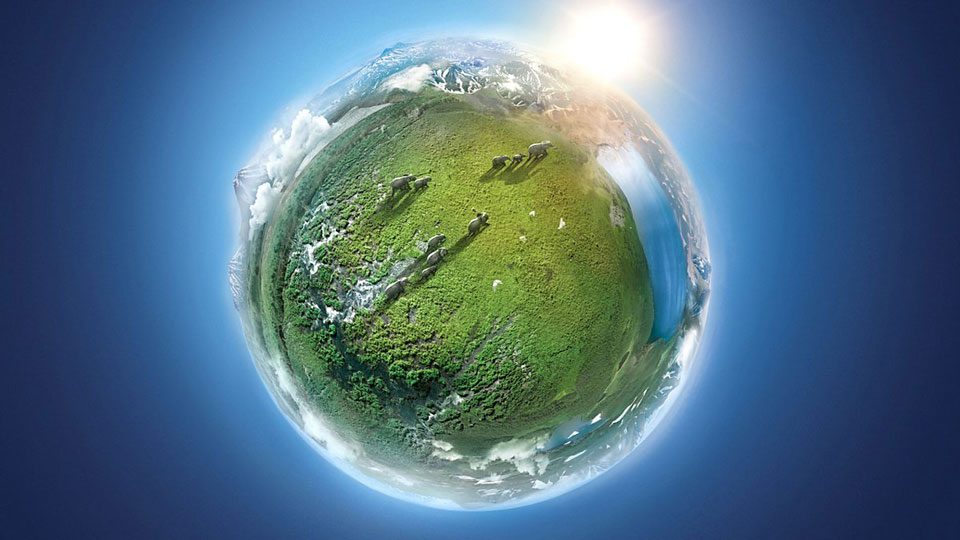In the last year alone, many market sectors have made headlines for the devasting impact they are having on the environment. In 2018, David Attenborough’s Blue Planet II put the issue of disposable plastic in our oceans back on the global agenda, with 88% of viewers saying that they have made a lifestyle change as result of watching the series. Stacey Dooley’s documentary on Fashion’s Dirty Secrets highlighted Fashion as the second most harmful industry to our environment, due to the growing and manufacturing of cotton and the consumer trend towards ‘fast-fashion’.
As a result of growing awareness of these environmental issues, it’s no surprise that companies are being held to greater account on the environmental impact of their business. This growing consumer demand for more sustainable products and services has fuelled rapid growth in what is being termed the ‘Green Marketing’ sector.
What is Green Marketing?
The Green Marketing category has emerged as a natural answer to the growth in Green Consumerism – where consumers are showing increasing interest in the sustainability of brands, how and where their products are produced and the environmental impact of their purchase.
In a nutshell, Green Marketing (also referred to as ‘Environmental Marketing’ and ‘Eco-Marketing’) is the practice of selling and marketing a product with an environmental benefit. The benefits may be that the product or service is environmentally friendly, or that it is manufactured, supplied and marketed in an environmentally safe and sustainable way.
The premise is a good one when these values are instilled at the core of a business’ proposition, but can feel gimmicky and false if used for short-term tactical campaigns.
Which Brands are leading the way?
Unilever: Last year Unilever revealed that its most sustainable brands grew 46% quicker than the rest of its business and delivered 70% of it’s turnover growth. This shows that there is a financial benefit as well as just positive PR to be had from green marketing. In 2010 Unilever launched their Sustainable Living Plan, which set targets to decouple the company’s growth from its environmental impact, and reports that it is on track to deliver 80% of its commitments.
IKEA: The Swiss retailer is trialling a furniture subscription model in some European markets where consumers can rent furniture. The Guardian reports that this leasing strategy is ‘part of Ikea’s wider effort to design and sell goods that can be repaired, reused, recycled or resold’, generating as little waste as possible.
IKEA has radical sustainability goals that run through the heart of the company, from plans to phase out all single-use plastic products from stores by 2020, to using only renewable and recycled materials in their products, and reducing the total IKEA climate footprint by 70% per product by 2030.
Is Green Marketing here to stay?
The rise in green consumerism represents a huge opportunity for businesses if they can capitalise on consumer interest and help effect a permanent change in behaviour, by providing consumers with the products and services to make positive changes.
However, consumers are savvy and will soon suss out any efforts that are less about sustainable change and more about short term profits. But for businesses who aren’t afraid to set ambitious targets, and who are transparent about their efforts and their progress, then we could see green marketing playing a more visible and defining role in the future of the wider marketing mix.
If you would like to talk to us about your marketing strategy, then please get in touch.
